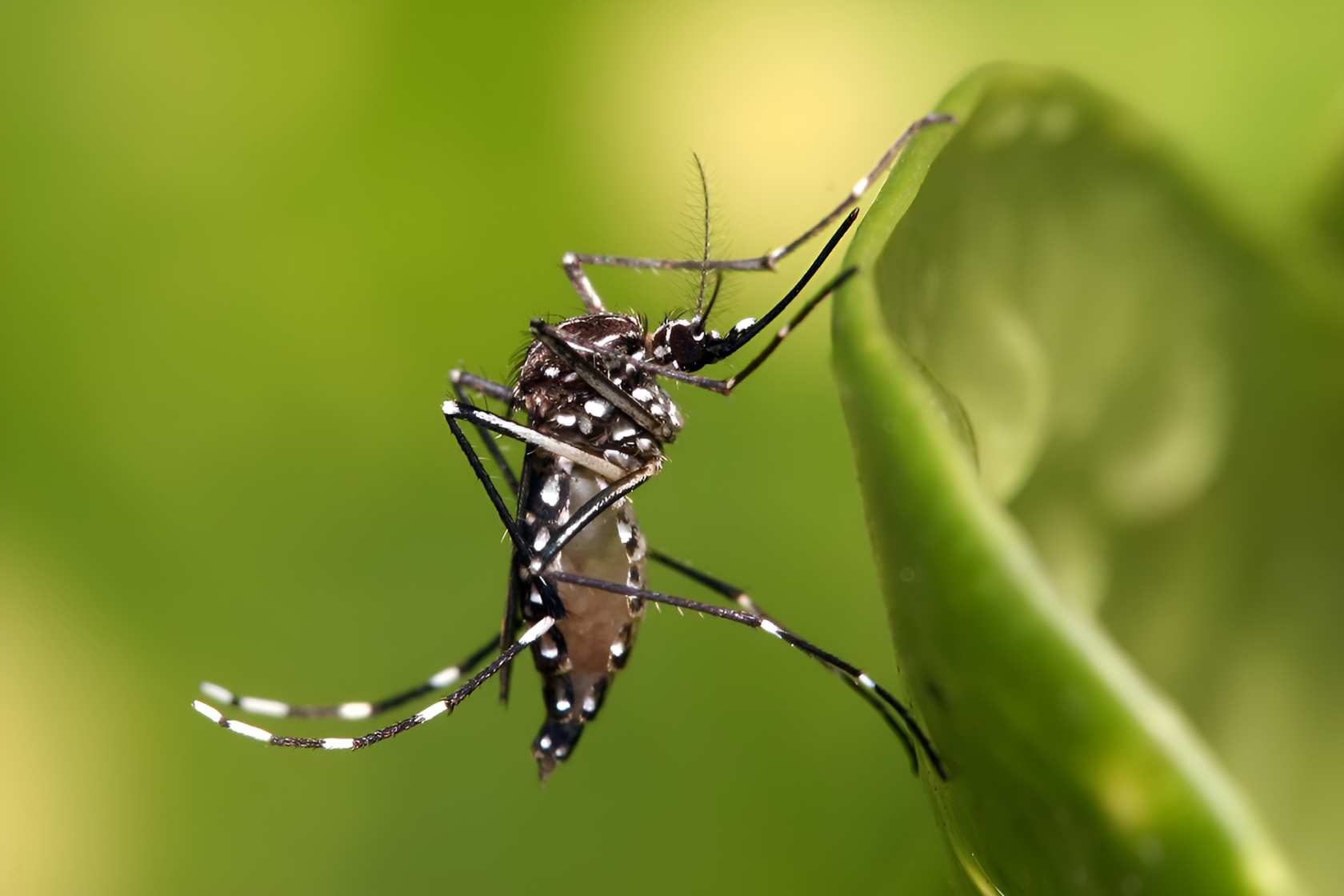Health officials in Mombasa have confirmed an outbreak of Chikungunya, with 25 people testing positive for the mosquito-borne disease.
Fatma Ali, the Deputy Manager Emergency Operations Center in Mombasa, said on Wednesday, June 4, that out of 45 samples tested by the Kenya Medical Research Institute, more than half returned positive results.
Mvita, Nyali, Likoni, and Kisauni are the hardest-hit areas.
Ali linked the outbreak to the ongoing rains, which she said have allowed mosquitoes to multiply quickly by creating stagnant water sources in the environment.
Chikungunya is transmitted by infected female Aedes aegypti and Aedes albopictus mosquitoes, which are active during the daytime.
The disease, first identified in Tanzania in 1952, is caused by the Chikungunya virus.
The World Health Organisation says that the illness often resolves on its own, but it can be dangerous for children, the elderly, or people with underlying health conditions, sometimes leading to organ damage or even death.
Once infected, symptoms usually show up within four to eight days. The most common symptom is severe joint pain, which may last from a few days to several months or even years.
The term "Chikungunya" comes from the Kimakonde language, meaning “that which bends up,” due to the painful bent posture seen in many patients.
Other symptoms include high fever, joint swelling, muscle aches, headaches, nausea, fatigue, and skin rashes.
There is no specific cure, but the disease can be managed. WHO recommends using paracetamol or acetaminophen to reduce fever and pain, drinking plenty of water, and resting.
Although two vaccines have received regulatory approval, they are not yet widely available.
The focus, therefore, remains on prevention.
People in affected areas are advised to wear protective clothing, use mosquito repellents with DEET, IR3535, or icaridin, and install window and door screens.
Mosquito nets are also recommended, particularly for children, the sick, and older adults who sleep during the day.
Ali emphasised the need for public cooperation in stopping the spread of the virus.
“It is our responsibility to ensure that our environment is clean by removing stagnant water, and this will reinforce the efforts that the county government is currently undertaking to control the disease," she said.
She noted that the county government has rolled out fumigation, household spraying, and awareness drives to educate the public and control the outbreak.
